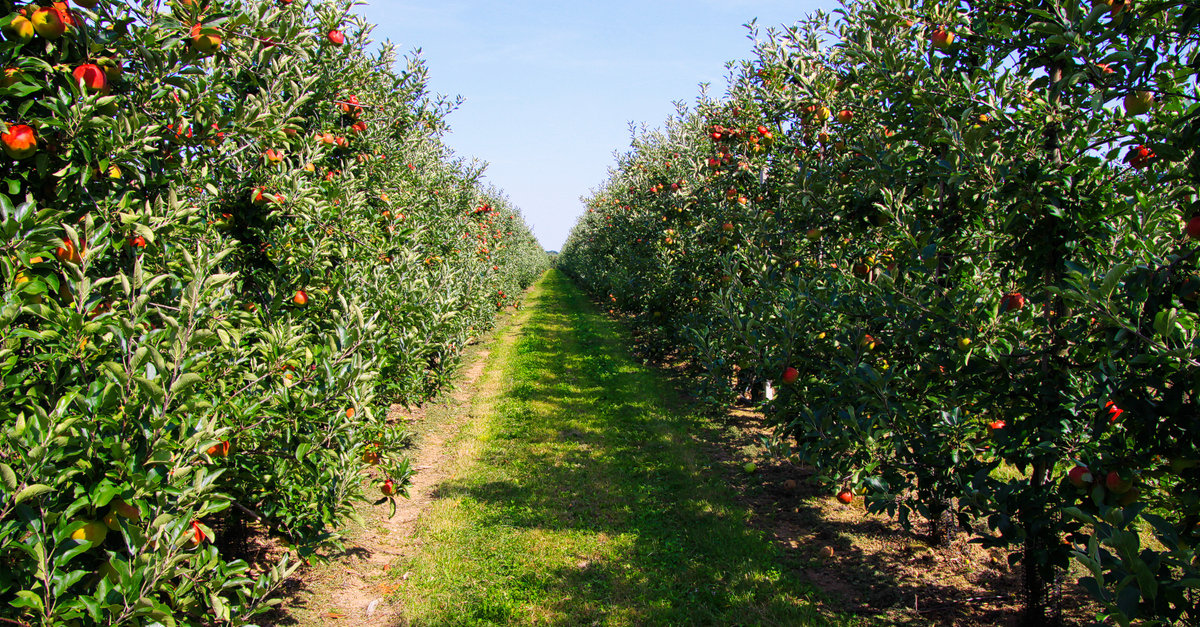Content scalability: Removing friction from your content lifecycle
First published in Intercom (October 2020) by the Society for Technical Communication.
Scalable content requires you to assess your content lifecycle, identify points of friction, and remove them.
Company growth magnifies the challenges of information enablement. When you grow, you add products, product variants, markets, and languages—and each of those factors adds complexity. Process inefficiencies in your content lifecycle are multiplied for every new language or customer segment.
As a result, content scalability—increasing content throughput without increasing resources—becomes critical. Consider a simple localization example: when you translate, you have a few manual workarounds that require 1 hour of work per 100 pages of translated content. So if you translate 100 pages of content into 8 languages, you have 8 hours of workarounds. But as your content load grows, you are shipping 1,000 pages of content per month and translating into 20 languages. Suddenly, you are facing 200 hours of manual workarounds per month—the equivalent of one full-time person per year.










